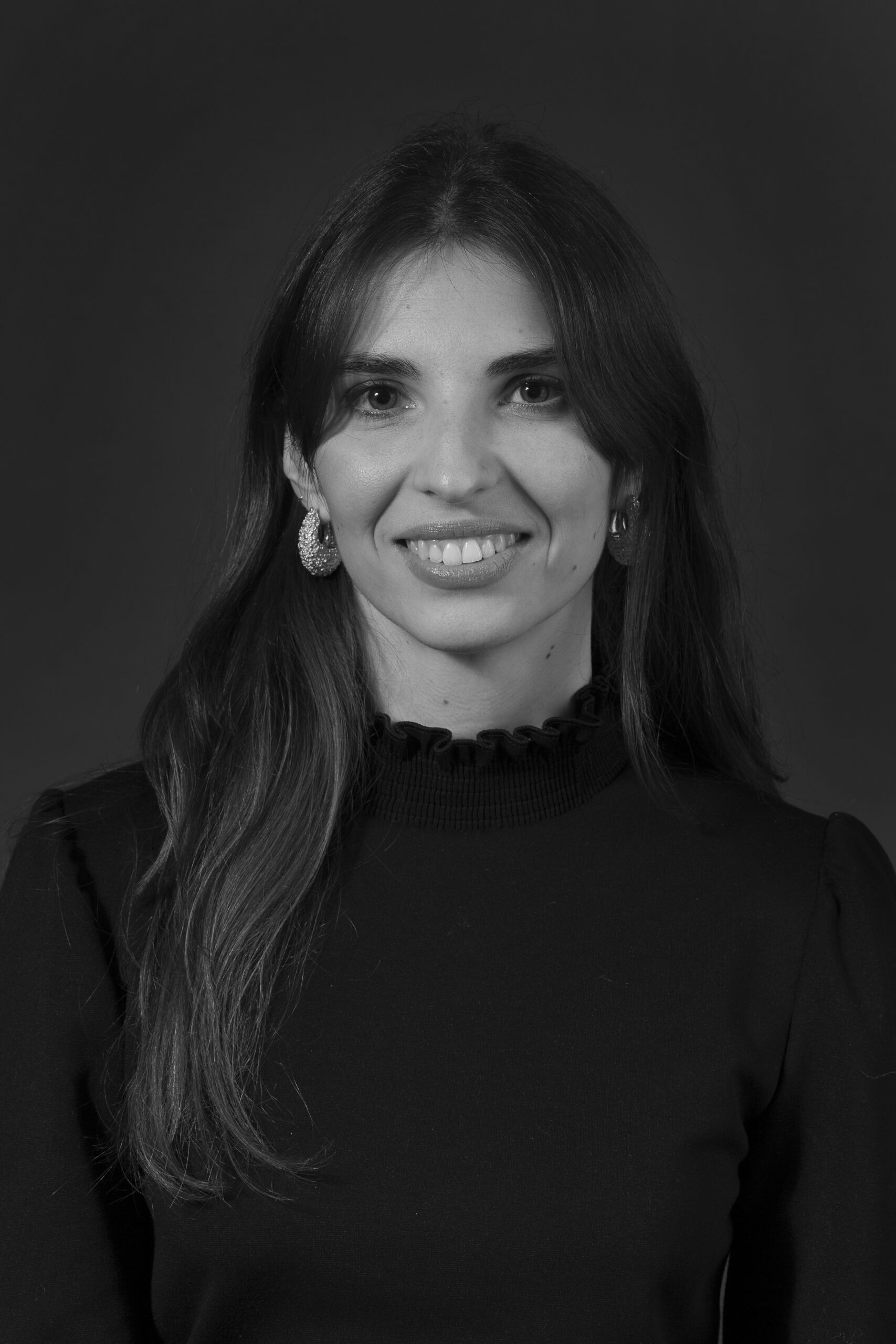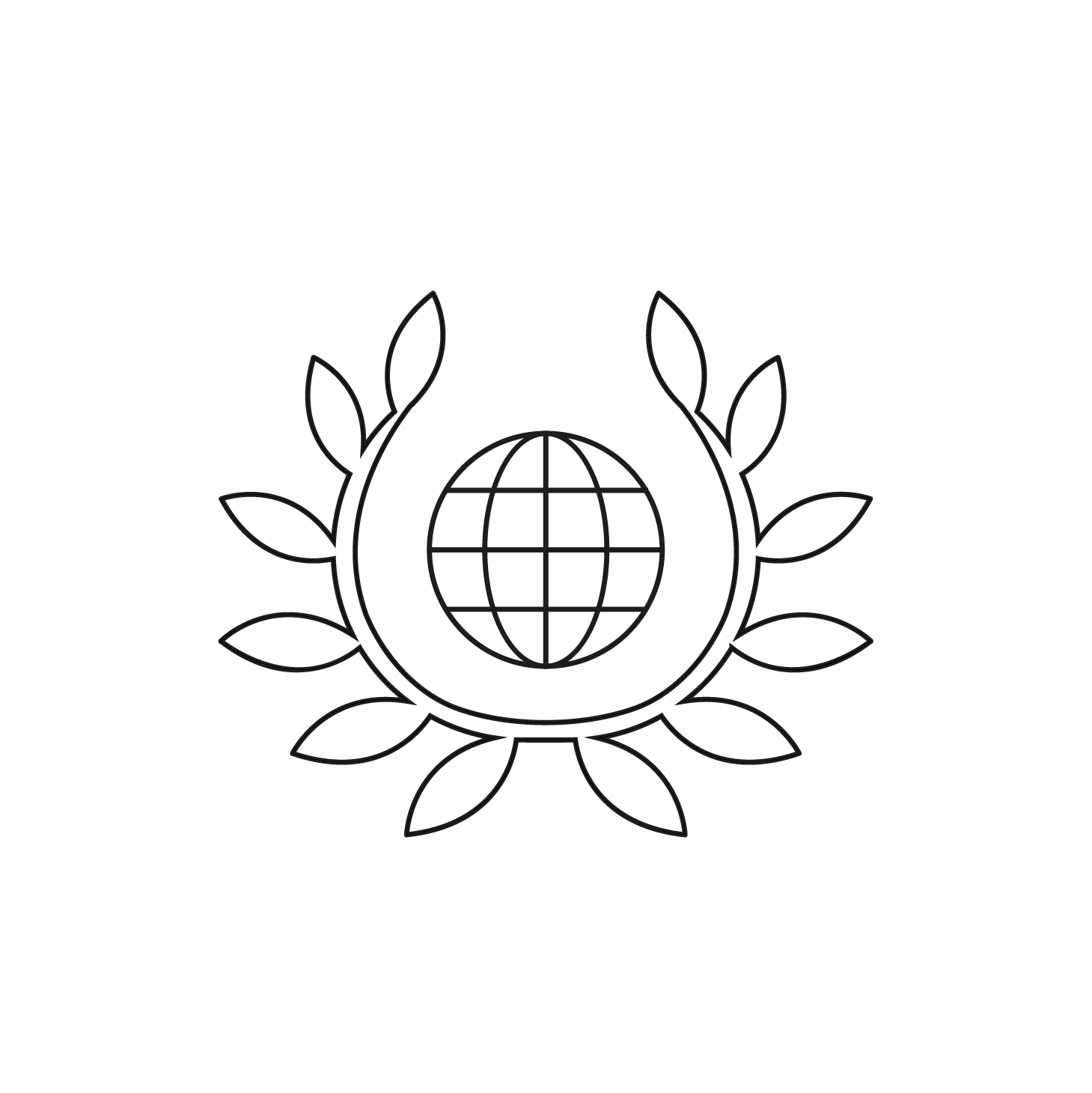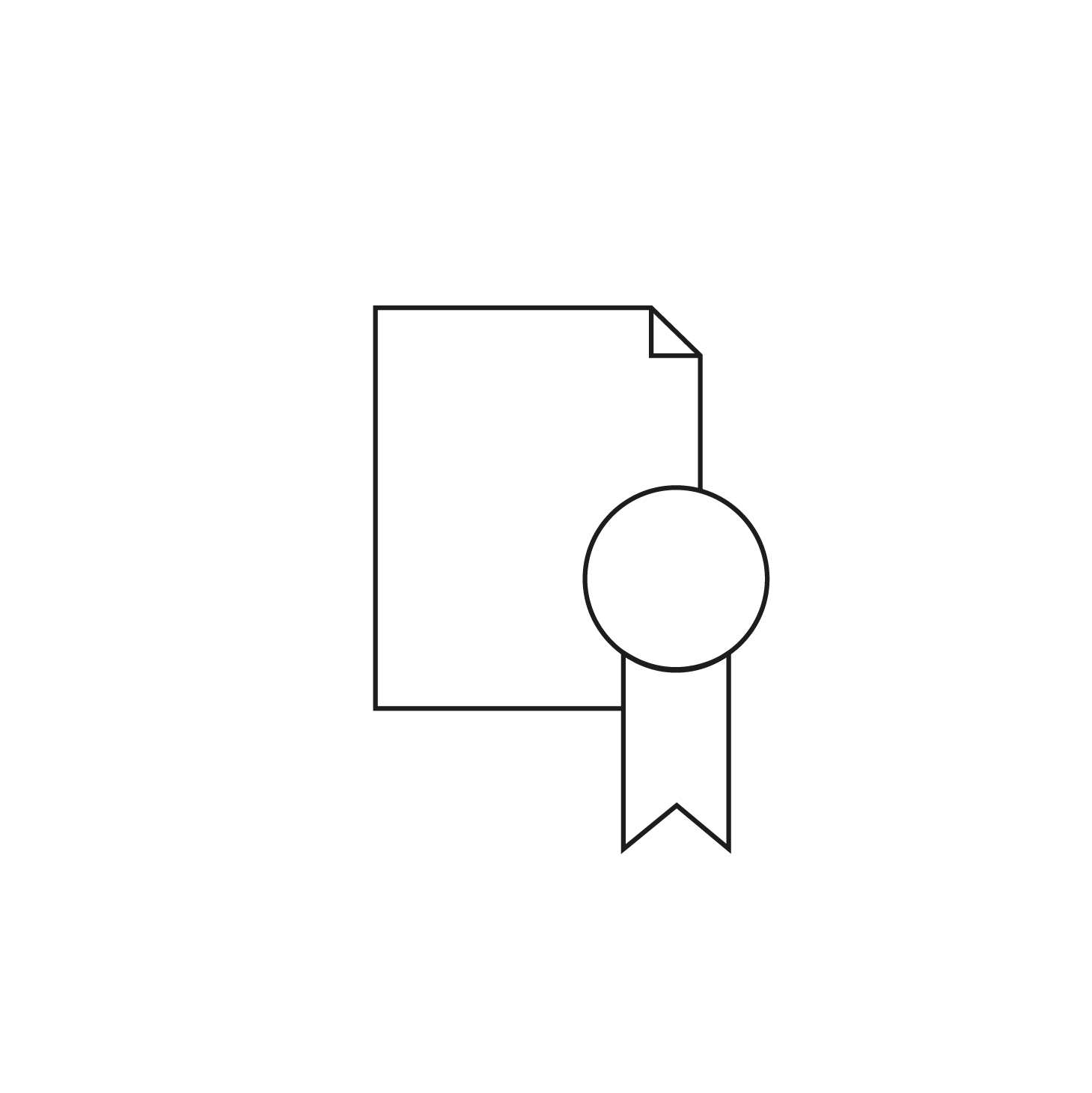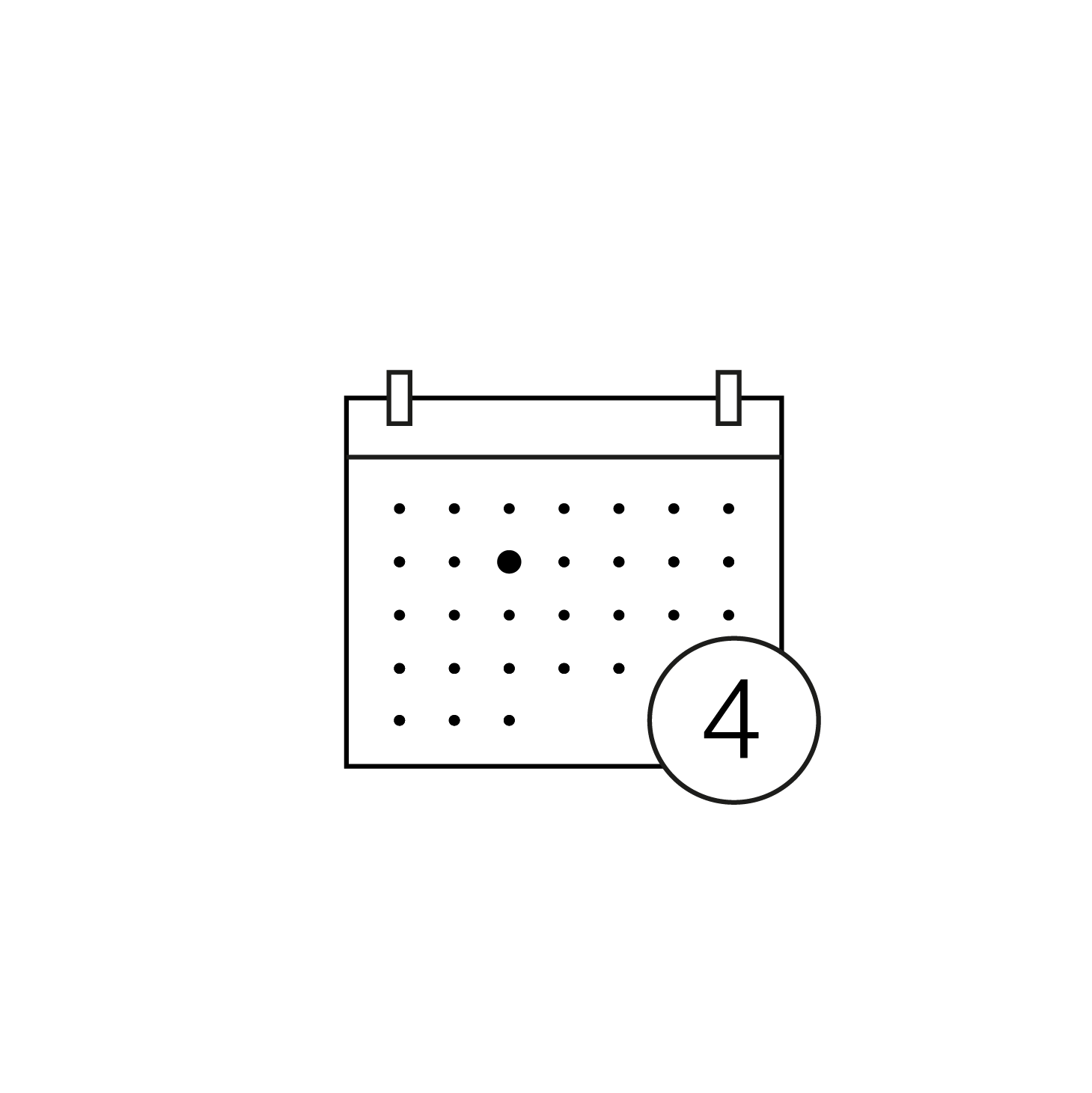Considered one of the current pillars of Chinese contemporary art, Wang Yan Cheng was born in 1960 in Guangdong province and helped his parents for years to work in the coal mines. At the age of eighteen, he entered the School of Arts and then the Shandong Academy of Fine Arts where his family moved. There he received an academic education and was introduced to Western art – most of his teachers had made trips to Europe that marked their artistic practice. In 1989, Wang Yan Cheng took part in the first Chinese contemporary art fair in Beijing. This year is also the year of his first trip to France, where he resides for a few months in Saint-Etienne, following a course in plastic arts, before moving to Paris. Subsisting thanks to the realization and the sale of portraits, the painter feeds in parallel on the French and more widely western artistic culture, studying the masters such as Picasso or Rothko. Noticed and invited in 1996 to exhibit at the Prince Albert II of Monaco Foundation, he was awarded the Prince Albert Prize, which consecrated his work and gave him visibility in the world of criticism and on the art market. 1996 marked a real turning point; Wang Yan Cheng abandoned figurative painting, which he had hitherto favoured, in order to follow the path opened up by his compatriots Zao Wou-Ki and Chu Teh-Chun towards lyrical abstraction.
Wang Yan Cheng then develops a personal style that finds its sources in the various proponents of modern abstract painting. If the influence of Zao Wou-Ki and Chu Teh-Chun, whom he met during this period, is especially evident in the liberation of his gesture and the straitjacket of figuration, the artistic expression he develops is different from his two predecessors, seeking to break away from the real world. His painting is in fact eminently physical and visual; the artist constantly tries to retranscribe on the canvas the dialogue between man, the universe and nature, deeply impregnated by millenary art and Chinese philosophy. The titles of his works, unlike those of the late Zao Wou-Ki period, reveal the unfailing link between Wang Yan Cheng’s art and reality: The accumulation of colours on the canvas, contrasts and harmonies, voids and solids, reliefs and flat surfaces, the fantastic conglomerates created by the painter have often led critics to speak of his painting in cosmic terms, making his canvases representations of “primordial chaos” or dizzying “black holes”.
See more
In 2007, Wang Yan Cheng created a painting for the Beijing Opera, was made a knight and then an officer of the French Order of Arts and Letters, and divides his life between France and China. It is finally the reflection of his art, proceeding from a learned and thoughtful maturation as well as from exchanges between two poles and cultures which he knows how to feed on in order to elaborate an eloquent, original and singular production.
A brilliant creator of an art of emotion and sensation, of material contrasts and colours, Wang Yan Cheng has earned his place among the leading figures of contemporary lyrical abstraction.










